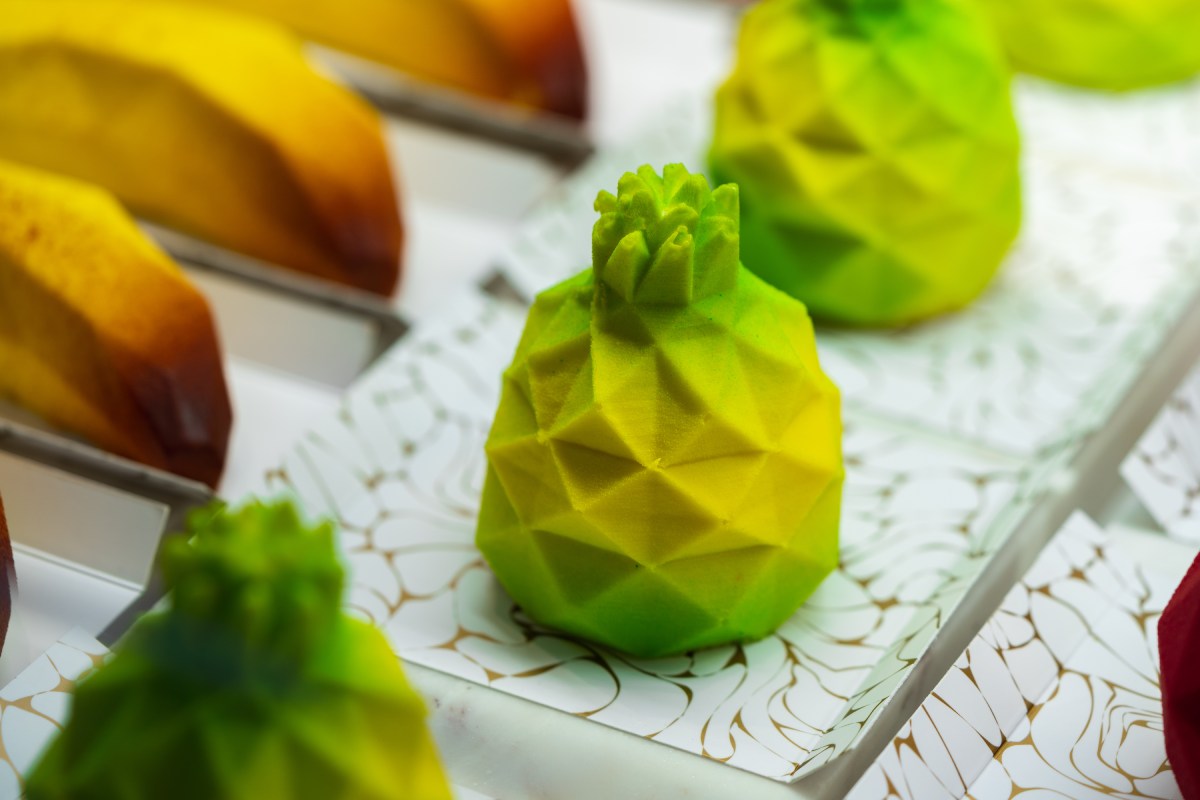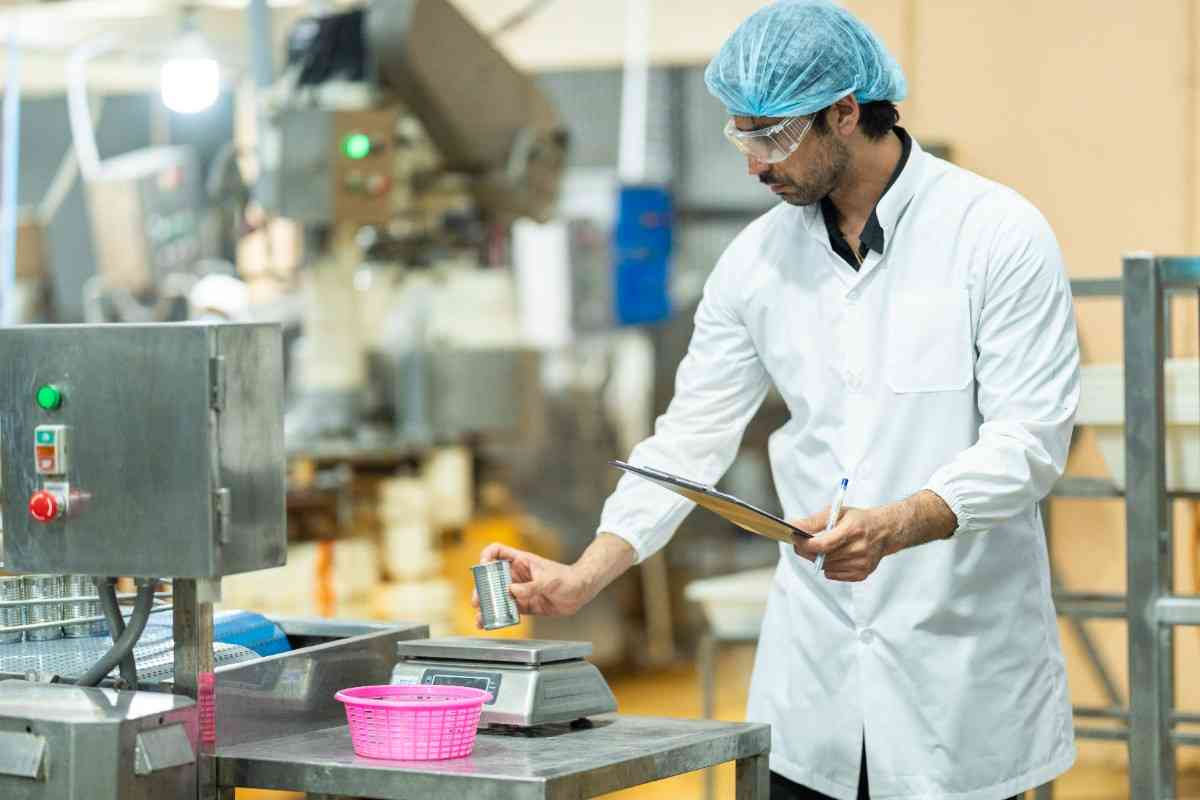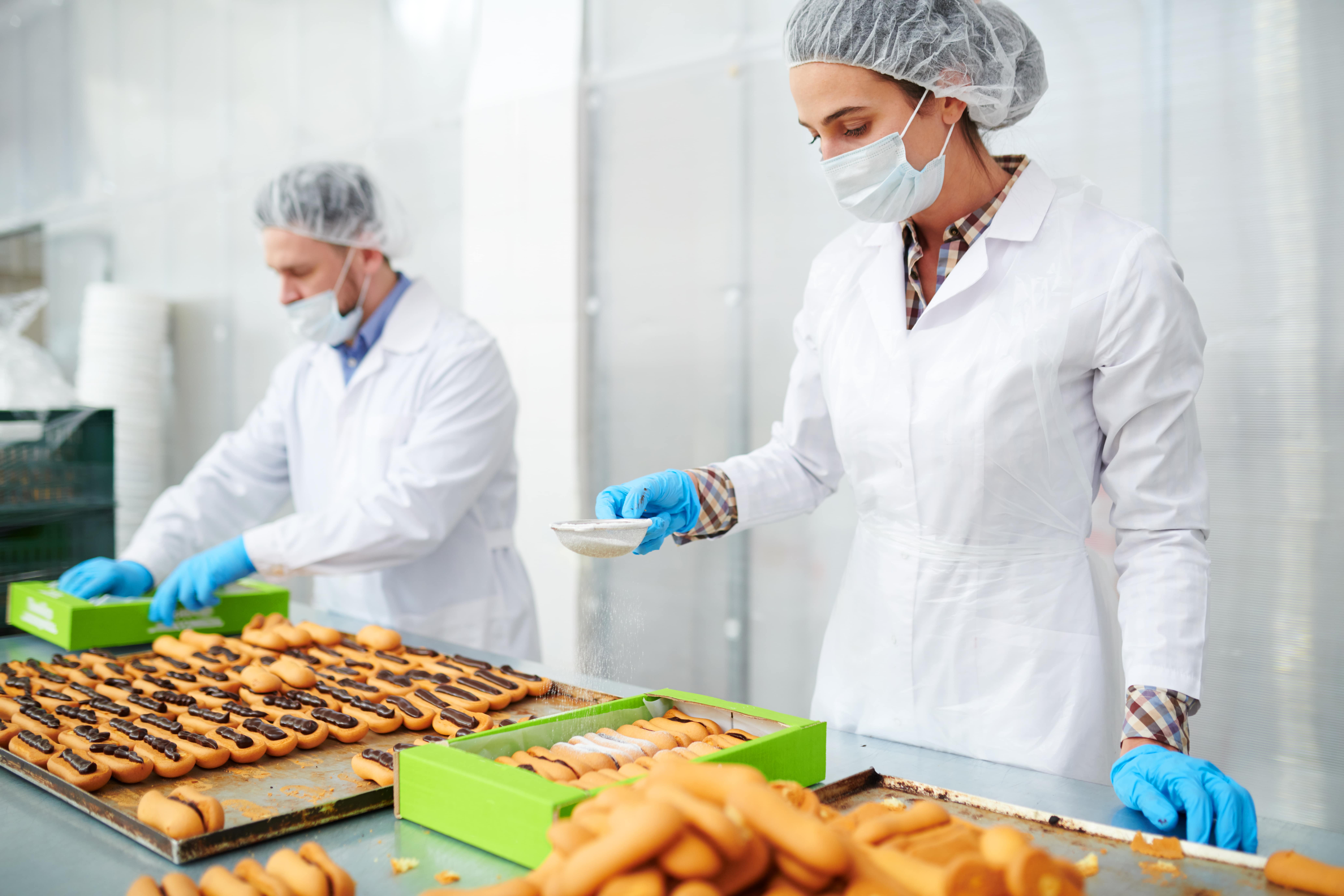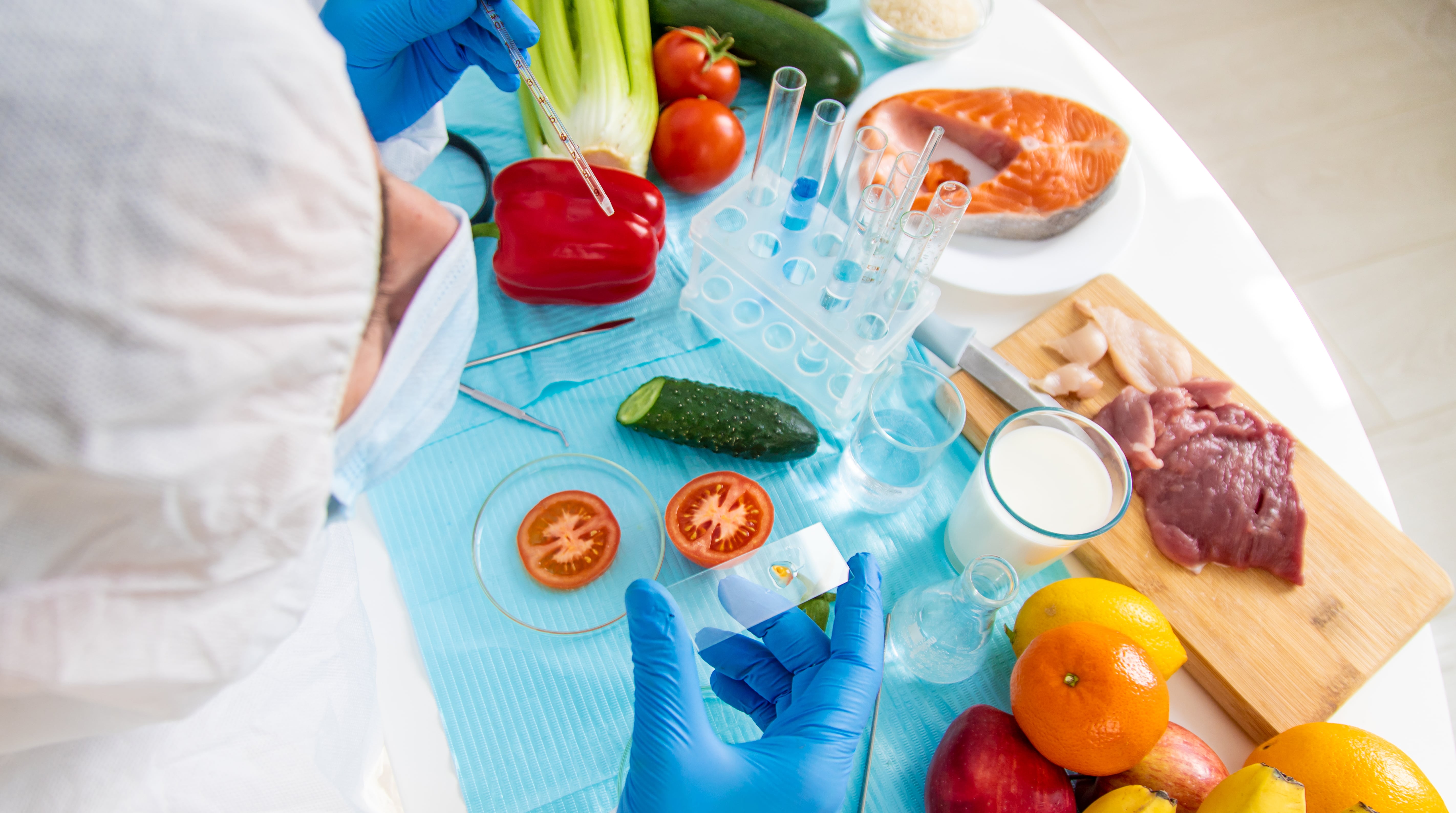Last Updated on April 11, 2025 by Admin
With technology fast altering our way of life, the idea of 3D printing has evolved into a revolutionary invention in many different sectors. The food industry is among the most fascinating uses for 3D printing since it is about to transform our cooking, consumption, and perspective on food. But what is 3D food printing, and how could it reshape the culinary landscape? This article explores the potential of 3D food printing technology, its benefits and drawbacks, and the future of this exciting development.
What is 3D Food Printing?
It’s essential to understand 3D food printing. Simply put, 3D food printing involves using 3D printers to create food items by layering ingredients in precise shapes and designs. The process starts with a digital model, often designed using specialized software, which the printer uses as a blueprint. Ingredients from chocolate to dough are fed into the printer and extruded layer by layer to create the final product. This technology allows for unprecedented creativity and precision in food preparation, opening up new possibilities in home kitchens and professional culinary environments.
Advantages of 3D Food Printing
The advantages of 3D food printing are vast and diverse, touching on aspects such as customization, sustainability, and innovation in the culinary world.
- Customization: One of the most fascinating features of 3D food printing is the possibility to produce highly customized meals. People with dietary limitations, for instance, can have meals catered to their particular requirements. Furthermore, the technology lets one create complex designs and textures that would be either impossible or somewhat challenging with conventional cooking techniques.
- Sustainability: 3D printing in the food industry presents a more sustainable method, given growing worries about environmental effects and food waste. This method can significantly cut waste by using exact amounts of components. Furthermore, technology makes it possible to use substitute elements. Such plant-based proteins may be printed into pleasing and healthy meals.
- Innovation and Creativity: Chefs and food designers are stretching the possibilities in the kitchen by adopting 3D food printing technology. From customized pizzas to complex chocolate creations, 3D printed food examples highlight the artistic possibilities of this technique. This creativity goes beyond appearances; it also makes it possible to create new textures, flavors, and nutritional profiles.
Disadvantages of 3D Food Printing
While the potential is immense, there are also disadvantages of 3D food printing that must be considered.
- High Costs: The average consumer or small company will find a 3D food printer less accessible due to their initial somewhat high cost of purchase and setup. It is also more appropriate for niche markets or upscale cooking uses since the cost of keeping and finding compatible ingredients can add to the expense.
- Limited Ingredient Compatibility: Not every ingredient is compatible with 3D food printing technology. The printer’s ingredients must be extruded through a nozzle, restricting the range of dishes that might be produced. This restriction might make 3D printing less widely adopted in regular cooking less possible.
- Production Time: Though 3D printing in the food industry is great for creativity and customizing, it is not the fastest way food is produced. Complex design printing can take a lot of time, which could not be feasible for fast-paced contexts like restaurants or mass production.
3D Printed Food Examples: What’s Being Created?
The world of 3D printed food examples is expanding rapidly, with innovators constantly exploring new applications for this technology. Here are some fascinating examples that highlight the versatility and potential of 3D food printing:
- Personalized Nutrition: Companies are creating 3D-printed foods catered to particular dietary requirements. Snacks or meals, for example, can be printed with specific vitamins and nutrients that meet the nutritional needs of athletes, older people, or people with specific medical issues.
- Artistic Desserts: 3D printing in the food industry has created fresh opportunities for dessert creation. Pastry chefs use this technique to create visually beautiful and delectable edible decorations, including chocolate sculptures, cake toppers, and other designs.
- Custom Pizzas: Imagine a pizza with your preferred shapes and flavors printed on a crust, sauce, and toppings. Certain firms are already providing 3D-printed pizzas whereby consumers may personalize every element of their meal, including the thickness of the crust and topping arrangement.
- Space Food: NASA has been exploring using 3D food printing technology to create meals for astronauts on long space missions. The ability to print food on demand in space could provide astronauts with more variety and better nutrition during extended missions.
The Future of 3D Food Printing
The future of 3D printing in the food industry is bright, with ongoing research and development promising to overcome current limitations. 3D food printers will probably find an increasing presence in homes and professional kitchens as they develop and become more reasonably priced. This technology excites the future of food because of its ability to tailor nutrition, cut food waste, and produce whole new gastronomic experiences.
The Importance of Training in 3D Food Printing
Like any new technology, the success of 3D food printing rests mainly on the expertise of the users. To fully utilize 3D food printing, chefs, food scientists, and culinary inventors must be appropriately trained. Professionals can learn how to build digital food models, run 3D food printers, and grasp the qualities of various substances used in printing using training courses. Furthermore, training guarantees preserving food’s creative and cultural features even as new technologies develop, bridging the gap between conventional culinary skills and modern tools.
Read Also – Food Safety Training: Boosting Overall Production Performance
Conclusion
3D food printing technology is ushering in a new era in the culinary world, offering unprecedented possibilities for customization, sustainability, and creativity. While there are challenges to overcome, this technology’s benefits could transform how we think about and interact with food. As the industry continues to evolve, proper training is crucial to unlock the full potential of 3D food printing and ensure that this revolutionary approach to food preparation is successfully integrated into both professional and home kitchens.













